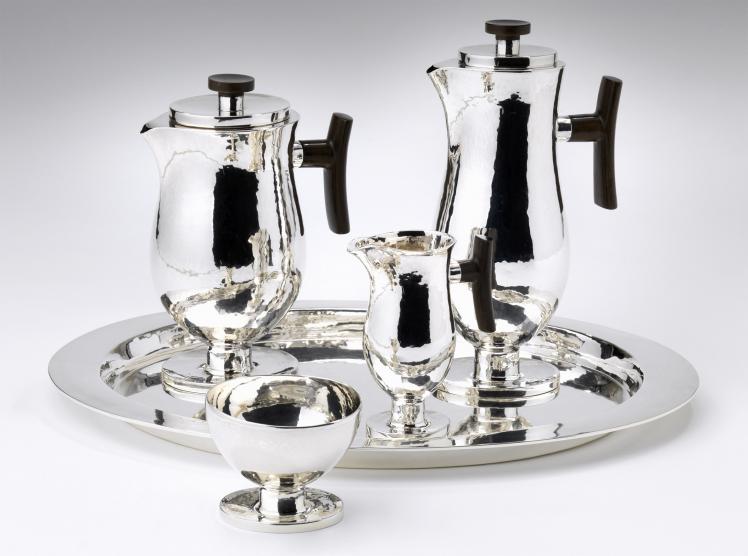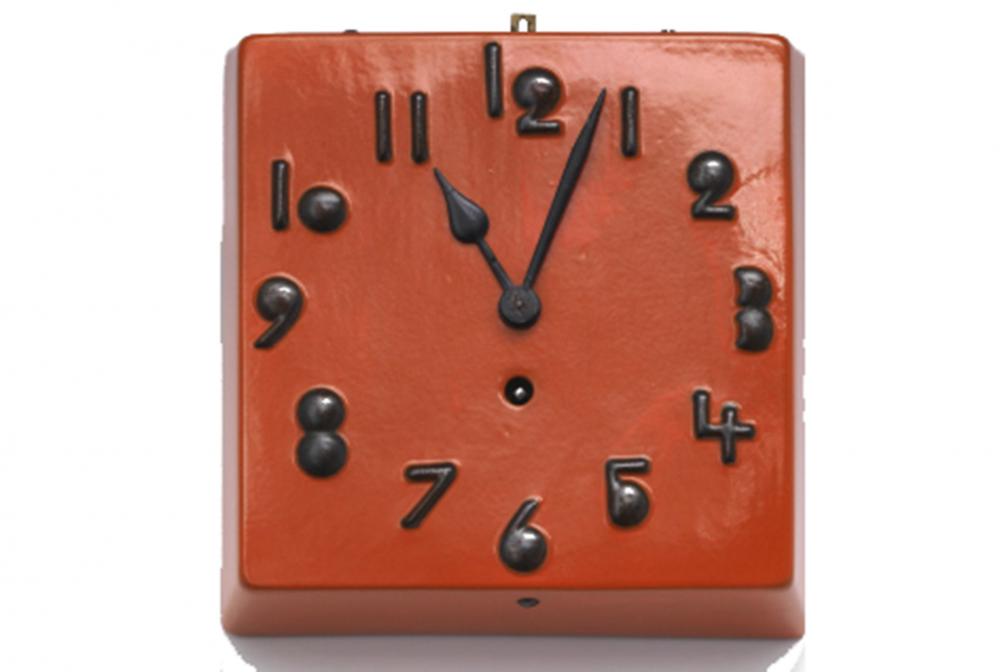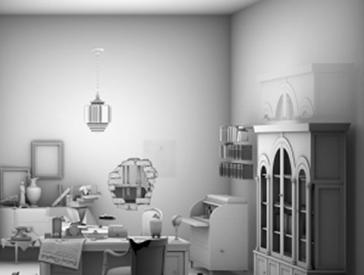Applied Arts Collection
Our Applied Arts collection focuses on objects produced by German-Jewish craftspeople and companies. We are also interested in how the artists’ experiences of migration are reflected in the objects’ design.
Scope and Focus Areas
Most of the roughly 1,000 objects currently in the collection date back to the late nineteenth century. They range from high-quality pieces in ceramic and silver by individual artists to everyday objects and products mass-manufactured in German-Jewish factories.
The main focus is on the German-Jewish contribution to the applied arts from 1890 to 1936, paying particular attention to schools of design such as the Bauhaus, the Reimann School, and the Bezalel Academy of Arts and Design in Jerusalem, as well as industrial manufacturing of household items. Among the holdings are ceramics, silverwork, textile arts, book illustrations, typography, graphic design, product design, fashion, and jewelry. For example, our collection includes a group of pieces by the Berlin silversmith Emmy Roth (1885–1942), one of the most important practitioners of her craft in Germany and one of the medium’s most prominent women.

Emmy Roth's (1885-1942) splendid tea and coffee set made of chased silver and horn, which was created in Berlin in 1931, was unknown for a long time. Now it is considered one of Roth's greatest works; Jewish Museum Berlin, photo: Jens Ziehe. You can find out more about this service and the artist in an article written by our curator for the MuseumsJournal 1/2012 (to the article on the Museum Portal Berlin (in German))
Migratory Paths and Object Design
We try to follow the paths taken by artisans who managed to emigrate from Nazi Germany and track their careers elsewhere.
For example, recent additions to the collection include a large gift of ceramic items made in Germany and England by the innovative artist Margarete Heymann-Loebenstein (later Marks, 1899–1990).
 X
X
Ceramic wall clock by Margarete Heymann-Loebenstein, made in her workshop in Marwitz, Mark Brandenburg, 1930; Jewish Museum Berlin, gift of Frances Marks, photo: Jens Ziehe
Michal Friedlander, Curator of Judaica and Applied Arts, on her research on forgotten ceramists; Jewish Museum Berlin
In addition, we study the work of German-Jewish artists who were forced to emigrate from Germany. Some, such as David Heinz Gumbel, Ludwig Yehudah Wolpert, Victor Ries, Eva Samuel, and Hedwig Grossmann, left for Palestine and later Israel, while others (such as Hermann Gurfinkel/Garfield) emigrated to the United States. Conversely, we are also following the current wave of creative Israelis who are immigrating in large numbers to Berlin.
How did pottery pioneers Eva Samuel, Hedwig Grossmann, and Hanna Charag-Zuntz fare in Palestine after 1932? Our curator Michal Friedlander tells us in a chapter in the exhibition catalog Avantgarde für den Alltag. Jüdische Keramikerinnen in Deutschland 1919–1933 [Everyday avant garde: Jewish women ceramicists in Germany, 1919–1933; in German], edited by Ingeborg Becker and Claudia Kanowski. Berlin: Bröhan Museum, 2013.
Michal S. Friedlander: "Vasen statt Milchflaschen" (in German)
Eva Samuel, Hedwig Grossmann und Hanna Charag-Zuntz: die Töpferpionierinnen in Palästina, nach 1932
Download (PDF / 9.34 MB / in German)
Contact
Michal S. Friedlander
Curator of Judaica and Applied Arts
T +49 (0)30 259 93 511
m.friedlander@jmberlin.de
- Address
Jewish Museum Berlin
Lindenstraße 9–14
10969 Berlin
How can I conduct research using the museum’s archive, collections, and library?
Our Reading Room is open to the public. You can also research using our library’s holdings and some of our collection’s holdings online. To view additional holdings, please contact the responsible curators.
How can I donate objects, photographs, and documents to the museum?
If you would like to support the Jewish Museum Berlin and believe you possess materials that may be of interest to us, contact us!




